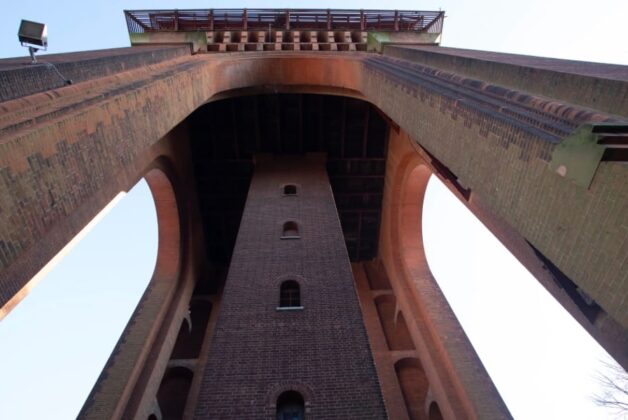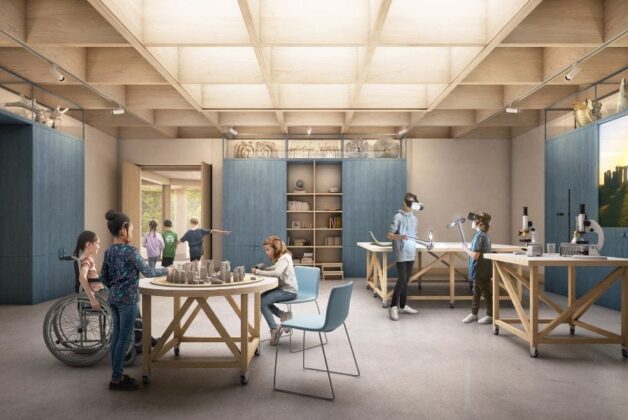Image: Science and Industry Museum (Science Museum Group - The Board of Trustees of the Science Museum)
The Manchester museum unveils transformation plans, including new galleries, railway experience, and improved connectivity with the surrounding area
Manchester’s Science and Industry Museum has revealed plans for new permanent galleries and a new railway visitor experience as part of its major transformation.
The museum plans to create a new Wonderlab gallery, similar to that in other Science Museum Group museums, such as the Science Museum in London and the National Science and Media Museum in Bradford The project is planned to complete in late 2027.
The museum is also set to scope out work on a new gallery and static rail experience at the 1830 station, which is set to re-open in 2030.
Feasibility work will begin this year on a new free Technicians interactive gallery. The museum said it is looking to ascertain whether there is potential for the gallery to open towards the end of the decade. It would be housed within the arches of the museum property’s viaduct, and would mark the first time this space would be used as public galleries.
This feasibility work follows a similar Technicians: The David Sainsbury Gallery which opened at the Science Museum in London in 2022.
An open competition to design the gallery has already opened, which asks designers to “reflect the creativity and innovation synonymous with Manchester and enhance the feeling of wonder and awe for the museum’s target audiences of ages 4-10”.
Feasibility work is also set to commence “in the near future” on landscaping and improving access in and around the museum’s Lower Yard, create a new science playground and open the museum site, providing more access from other Manchester locations and attractions.
Science and Industry Museum Director Sally MacDonald OBE said the museum’s plans are hoped to create more access through the site and make the most of the museum’s outdoor spaces.
MacDonald said it was the museum’s mission “to open the potential of the whole of this globally significant industrial heritage site – to bring all of it back into use and to celebrate it through a journey that allows visitors to explore and understand how the buildings and structures that the museum cares for connect to the collections and stories they contain.”





